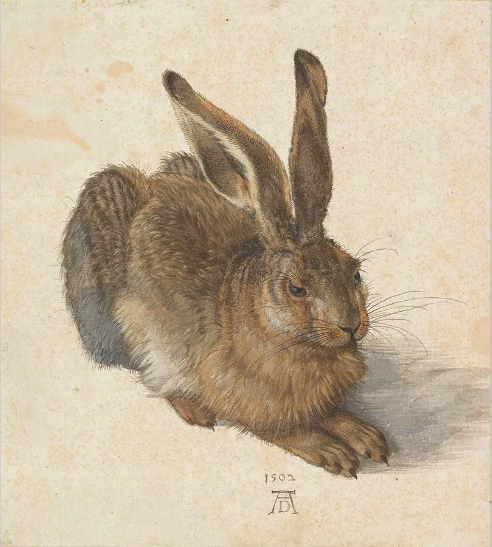
When you are a part of a company that fosters creativity, idea generation sessions are indispensable part of your regular work day. And it’s amazing, because, not only do you have the complete liberty of coming up with every possible wild idea but you are also encouraged to say it out loud 🙂
The truth of the matter is that coming up with an amazing idea doesn’t always come easy. And if you are in a company that promotes creative work culture (which, by the way, kudos to the company, because creative work culture doesn’t just happen by accident, it takes a lot of effort and dedication from everyone involved), you are probably involved in a lot of brainstorming sessions which is the heart and soul, maybe even the backbone of the instilled creative culture in the workspace.
We all do brainstorming sessions within our teams on a smaller or bigger scale and it truly is one of the greatest ways to get those creative juices flowing.
There are many brainstorming methods effectively used by many companies and it’s always very useful to change methods of idea generation to see what happens. So next time you have a brainstorming session, try some of these techniques.
Reverse brainstorming – a technique used to generate ideas for solving a problem by first identifying the opposite problem and then coming up with solutions for it. The idea behind this approach is that by thinking about the opposite problem, you can come up with unique and unexpected solutions for the original problem. For example, if you want to increase your website traffic, brainstorm on decreasing the traffic and you’ll get to an increasing bit with more innovative solutions that most probably you wouldn’t otherwise.
The Six Hats Method – a structured approach to brainstorming that encourages you to think about a problem from different perspectives. The six hats represent different thinking modes:
- White for facts, figures and information
- Red for emotions, gut feeling and intuition
- Black for critical and negative thinking or, simply put, flaws, problems and risks.
- Yellow for positive and constructive thinking, in other words benefits, opportunities, and solutions
- Green for creative and innovative thinking, new possibilities and alternatives
- Blue for the big picture thinking and strategic planning.
Let’s say a team is trying to come up with a new marketing strategy for their company. Organising their ideas with the Six Hats Method would look like this:
- White Hat would research about the target market, competitors, and industry trends.
- Red Hat would share personal experiences and emotions about the company and its products.
- Black Hat would identify potential risks and problems.
- Yellow Hat would brainstorm and evaluate potential benefits of different marketing strategies.
- Green Hat would generate new and innovative ideas for marketing the products.
- Blue Hat would organise and prioritise the ideas generated and set goals for the marketing strategy.
The Six Hats method is super effective for a variety of business settings to approach problems from multiple perspectives.
The Charette Procedure (particularly effective for big teams and big projects) – a great idea generation method for the cases where there are multiple issues and even more stakeholders are involved. It’s a participatory planning process gathering an interdisciplinary team.
This use of the term is said to originate from the École des Beaux Arts in Paris in the early 1800s by architecture students who used carts “Charrette” to move from one place to another to get fast approval of their work. Which is why this method works wonderful for urban planning, architectural projects.
The Charette Procedure is about organising people into several small groups (preferably consisting of not more than 5 people), each of which brainstorms ideas one-after-the-other until everyone involved has had a chance to contribute fully. It’s is a great collaborative method taking intensive working sessions, typically lasting several hours or even days.
SCAMPER – a technique that uses a set of prompts to encourage creative thinking. It’s a simple and effective technique for generating new ideas and it can be used in a wide range of fields and industries. The SCAMPER prompts are: Substitute, Combine, Adapt, Modify, Put to another use, Eliminate, and Reverse. So if you come up with the idea for a product take it through the SCAMPER prompt filter and see what happens.
The Random Input Technique (my personal favourite) – a brainstorming technique that involves introducing random elements into the brainstorming process. This can be anything from a word or a phrase, to an image or object as a starting point for brainstorming.
Here is how it works. Pick a random word or phrase, let’s say a “butterfly.” and write down any ideas that come to mind carrying the “butterfly” in mind, regardless of how wild or unrealistic they may seem. For example, a butterfly-shaped garden decoration, an app that tracks butterfly migration patterns and so on. Repeat the process with as many additional random words as you like, then pick the most promising ones to explore further.
This technique can be applied to any field, the idea is to use random inputs as a starting point to break from usual patterns of thinking when generating new ideas.
There are so many brainstorming methods out there, these are my few picks. Try different methods and see which ones work best, and, who knows, the next wild idea you have maybe the next big thing.